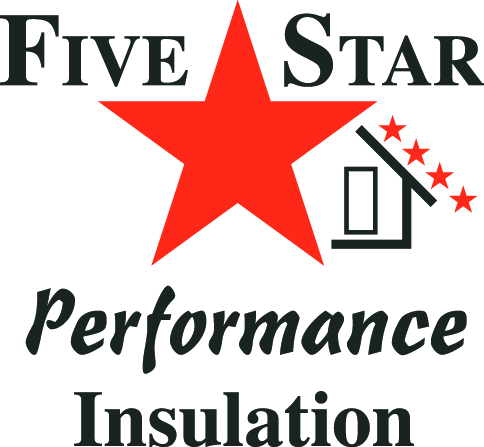In Northern California, it gets swelteringly hot in the summer and icy in the winter. If you own a metal building, it’s important that you insulate it properly. Since metal conducts heat, it’s easy for a building to turn into an oven—or a freezer—depending on the weather. Insulation prevents heat transfer, so the indoor temperature will stay more consistent throughout the year.
Here’s how to pick the right insulation for a metal building.
Metal building insulation in a nutshell
First, you should find out whether your local building codes require you to use insulation. Although it’s a smart idea to insulate either way, your building codes may have specific requirements regarding the type of insulation that must be installed. Since you don’t want to run afoul of the planning department, checking your local building codes is a must.
Good insulation prevents heat transfer, and some types of insulation are more effective at doing this than others. Heat transfer occurs when hot air meets cool air. The hot air naturally flows toward the cool air, until the temperature evens out. Metal conducts heat easier than other building materials, so it’s very easy for the hot sun to bake your building. Before you know it, your cool interior air will have become almost as hot as the air outside.
Insulation is not conductive. By placing insulation between the walls and in the roof or attic, you create a non-conductive barrier between the indoor and outdoor air. That makes it more difficult for hot air to escape or infiltrate your building. The better your insulation quality, the better results you’ll get.
There are two ways to measure insulation: R-value, which is how well the insulation resists heat flow, and U-value, which describes the overall building envelope’s thermal performance. The higher the values, the better.
Types of metal building insulation
There are three types of insulation commonly used in metal buildings: fiberglass, metal panels and reflective insulation.
Fiberglass insulation can be used with just about any type of construction, including metal buildings. It comes in long batts, which are made of long, woven strands of fiberglass. It comes in widths of two to six inches. For additional insulation, there are scrim, vinyl and foil facings available. This is a relatively inexpensive and effective insulation type.
Insulated metal panels are reflective metal panels sandwiched around a foam core. While they’re more expensive than fiberglass and reflective insulation, they’re also more effective. Plus, they’re very easy to install.
Finally, reflective insulation reflects 97 percent of the sun’s heat, while remaining waterproof. The reflective portion is made of aluminum and can help reduce the interior temperature significantly.
All three of these choices are a smart idea for your metal building—but if you’re not sure which would insulation be the most effective for a metal building, talk to your insulation contractor.
For help with choosing what insulation to use for your metal building, reach out to the team at 5 Star Performance Insulation, Inc. today.
